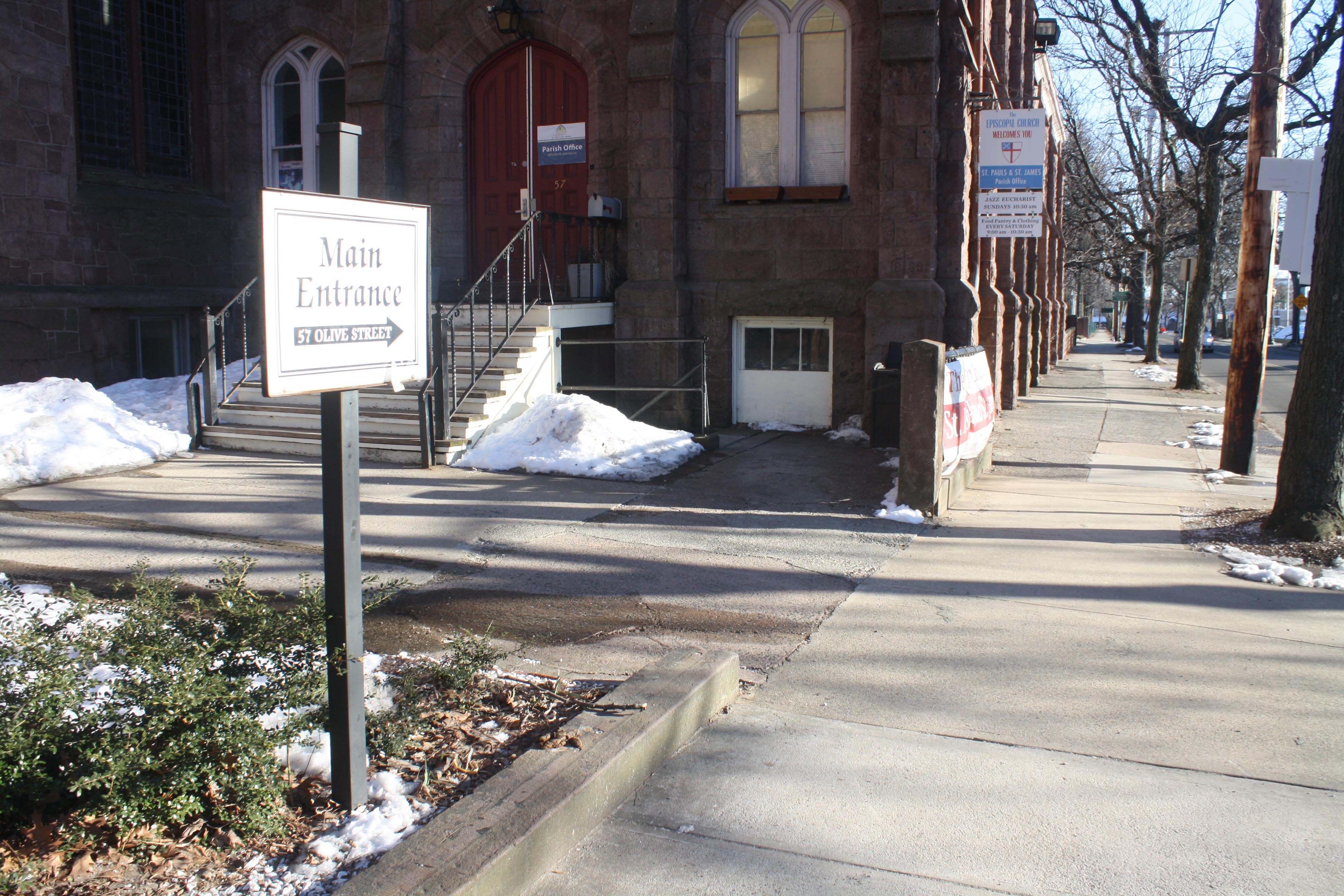
As temperatures this weekend are predicted to plummet to minus 20 degrees Fahrenheit, Mayor Toni Harp and city emergency management officials have activated New Haven’s Severe Cold Weather Protocol to protect homeless individuals from the extreme cold.
Temperatures in the next three days are expected to approach dangerously low figures and to be laced with a biting 20-mph wind chill. City officials went so far as to warn that exposure to the northwest wind for an extended period of time could be potentially “life-threatening.” A Thursday press release from the Office of Mayor Harp said the city will roll out a bundle of safety measures, including the opening of warming centers, to keep its most vulnerable residents safe.
“It is Mayor Harp’s intention that no one is left unprotected — and subject to severe frostbite or hypothermia — during this next spate of cold winter weather,” the release said.
According to Erika Lynn-Green ’18, advocacy chair from the Yale Hunger and Homeless Project, New Haven, along with many cities in the Northeast region, has a no-freeze policy — an unwritten rule that the city will not let anyone die on the streets due to a lack of access to shelter. Whenever temperatures drop below 15 degrees Fahrenheit with wind chill for longer than 12 hours, warming centers are set up to accommodate the homeless population.
The protocol dictates that city libraries double as daytime warming centers, and that overnight warming centers, typically churches, should be opened to provide ample sheltering for homeless residents.
“Warming centers are literally just places to go so you aren’t losing feeling in your feet and hands,” Lynn-Green said. “They would just be public libraries with chairs that open after dark.”
According to the Winter Shelter Chart Protocol, patrons will be divided into four groups — single men, single women, families with children and youth — and directed to different locations across the city. That said, some shelters are open to all demographics.
“[Emergency clients] are given a bed to sleep in,” said Anthony Braxton, a staff member working at a New Reach shelter that is designated for single women under the protocol. “We provide food and showers if they need that.”
The New Reach warming center, which is located at 559 Howard Ave., is a shelter that also provides steady housing assistance throughout the year. Its acceptance of winter walk-ins is in accordance with New Haven’s no-freeze process. At the New Reach shelter, residents are subject to an “up-and-about,” policy, Braxton said. This means that although individuals are allowed to stay indoors during the day, they are encouraged to be productive during that period. Due to its limited capacity, the Howard Ave. branch of New Reach shelter can only welcome two to three walk-ins, in addition to the regular population they already house.
When confronted with the considerable demand for shelter that comes with bad weather, New Reach shelter’s resources will be stretched to their limits.
“We provide them with a list of warming centers throughout the community,” Braxton said. “That’s basically all we can do.”
Due to resource constraints, warming centers have to be frugal about which seasons they remain open for and the extensiveness of the services they provide. Shelters run by New Reach or Columbus House — a larger nonprofit that shelters the homeless year-round — provides not only temporary housing, but personalized long-term programs to help residents get employed.
There are currently 15 New Haven shelters and warming centers offered under the Winter Shelter Chart Protocol.







